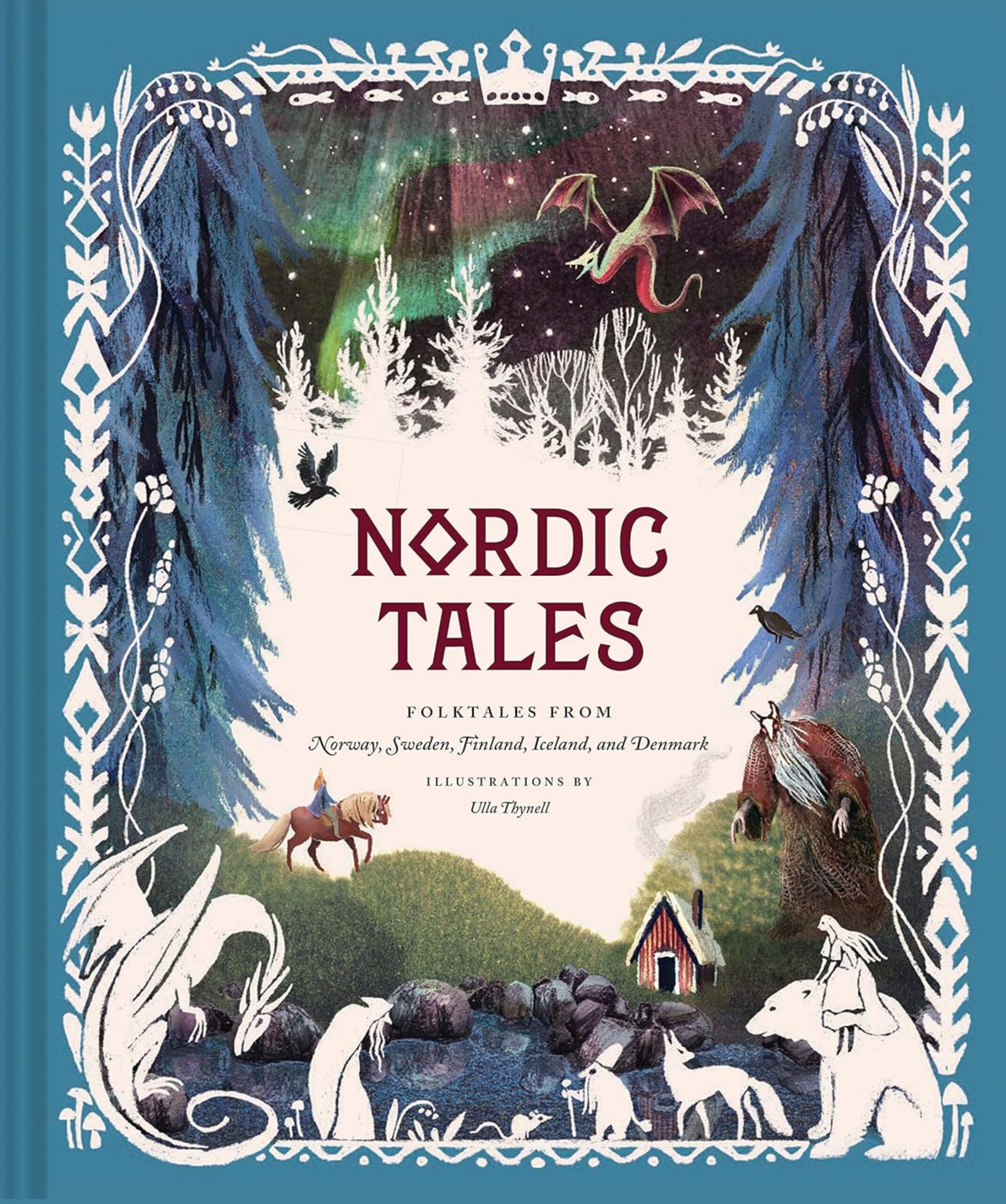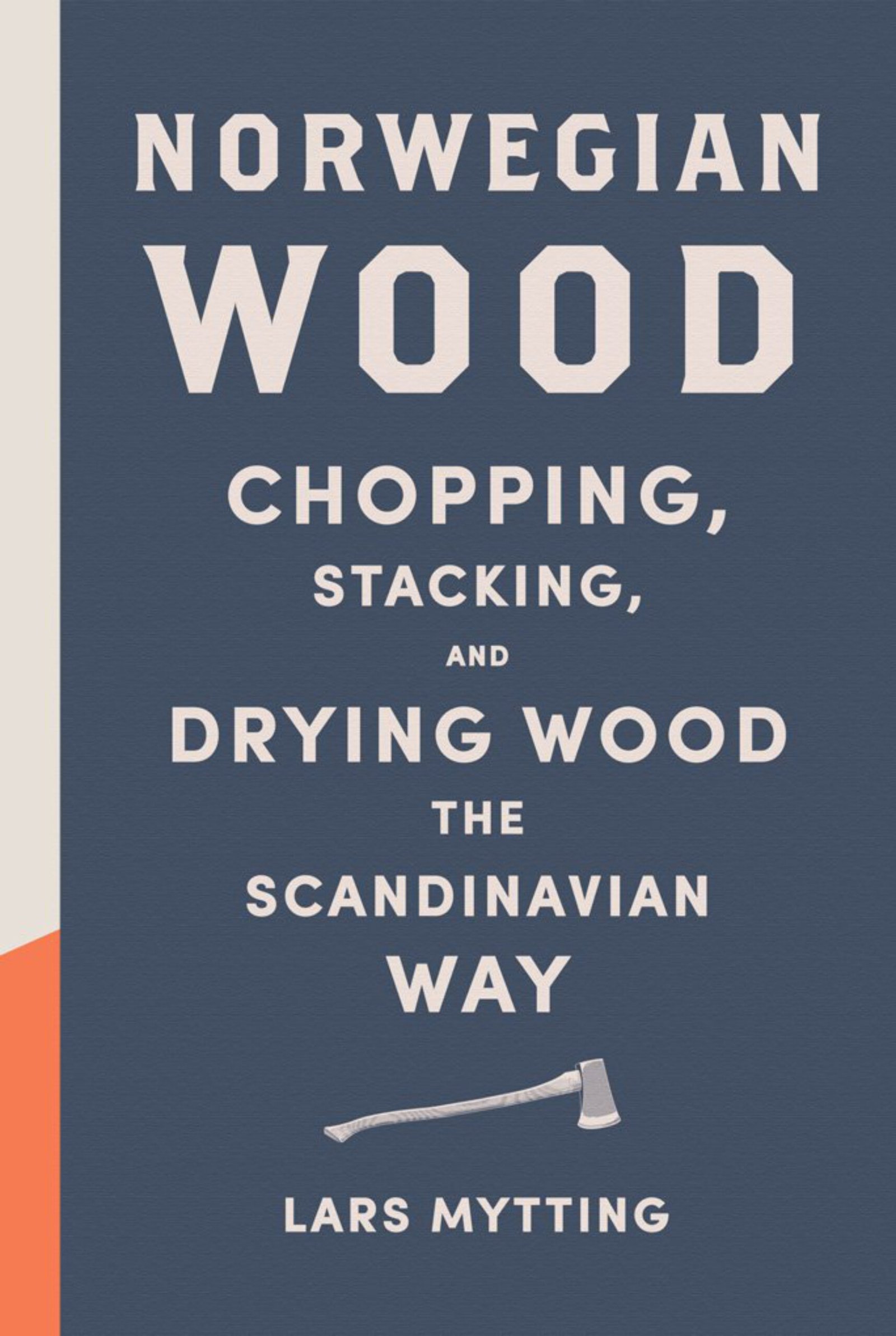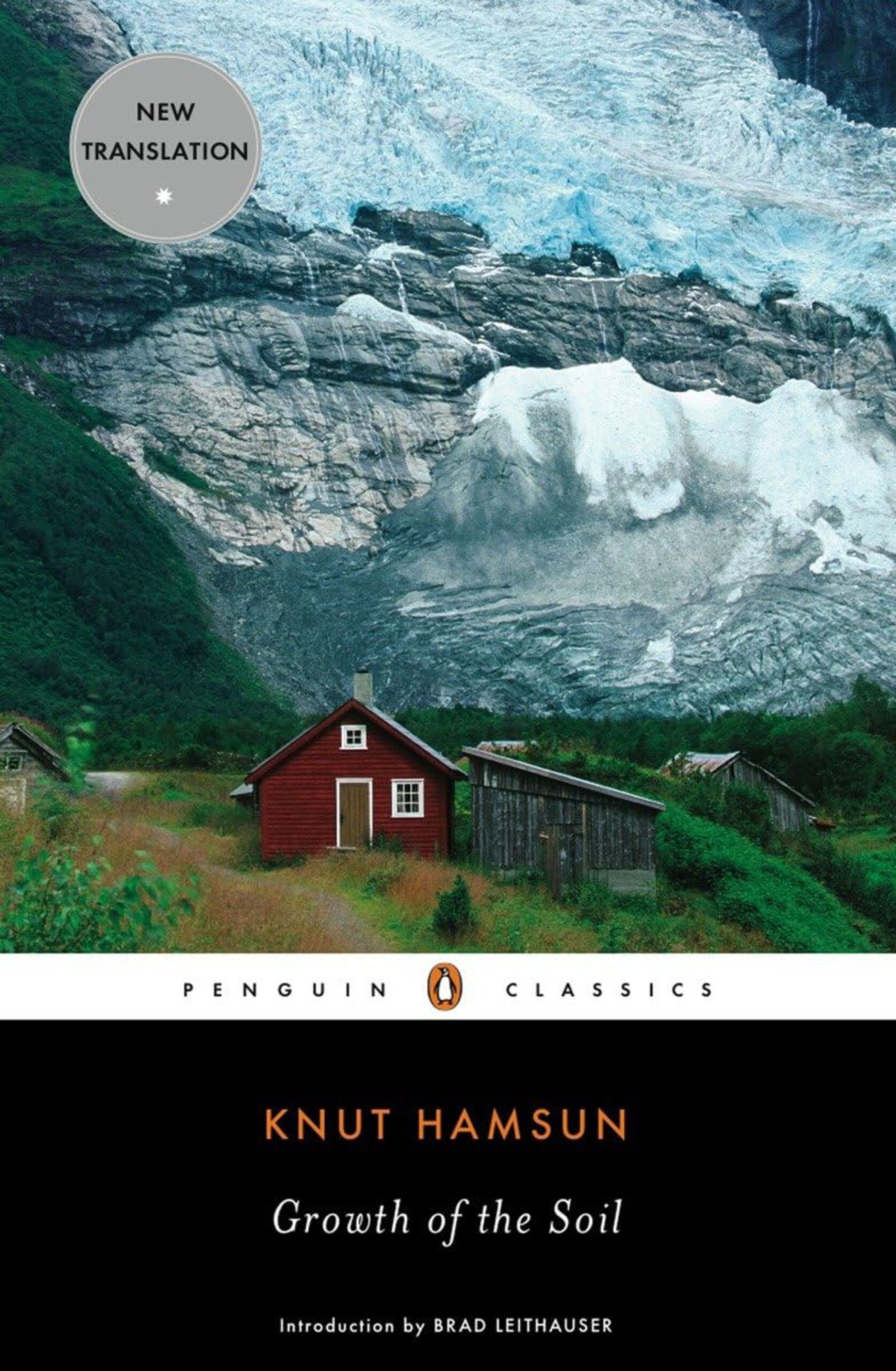Norway in 1769
In 1769, Norway was de facto a province under the Danish crown.
The young Christian VII, known from the film A royal affair, was king of Denmark-Norway at the time, ruling his kingdom from Copenhagen.
The rulers of the 1700s saw the share number of citizens as the main ingredient in a country’s strength and worth.
Therefore, the Danish crown ordered all of its subjects to be counted – and the date was set to 15 August 1769.
Limited counts had been conducted before, but they were primarily focused on the male population: for taxation and military purposes.
The information collected in the census
The main information collected was:
- Location
- Gender
- Age
- Occupation
- Marital status
Collecting people’s names was not mandatory in the 1769 census, but some name-lists were kept, and have later been found in local archives.
The gender split
Of the 723,618 population,
- 53% was female, and
- 47% male.
The geographical regions
In 1769, Norway consisted of 4 main administrative regions, with the following percentage split of the population:
- Aggershus (south-east) | 43%
- Trondhjem (north) | 23%
- Bergen (south-west) | 18%
- Christiansand (south) | 16%
Rural districts versus towns
Each region consisted of sub-districts, which would fall into one of two main categories (% of the population):
- Rural districts | 91%
- Towns (urban) | 9%
Rural districts
Throughout history, Norway was mainly a hunter, gatherer, fishing, and agricultural society.
In 1769, over 90% of the country’s citizens were still farmers, fishers, and hunters.
As a side note, it can be mentioned that only 3% of Norway’s mainland is agricultural land.
Even as late as in 1946, 50% of the country’s population still lived in rural areas.
Today, it is almost the opposite, more than 80% of the population lives in towns or cities.
Towns
The definition of what constitutes a town, a city, or a village, differs around the world. It is often relative to the size of the overall population.
In Norway in 1769, it was more about the official status given to a particular geographical location, rather than the number of people living there.
Kjøpstad was the Norwegian word used for a town at the time. This could be translated as a market or trading town.
The towns had special privileges and monopolies. It was mandatory for most of the trade to go through these locations – both domestic and international trade. This made it easier for the authorities to control the payment of tax and customs duties.
In 1769, Norway had 23 such towns. Most of them were found by the sea; and were thus ports where ships could load and unload.
The town of Tønsberg, in the region of Vestfold on the west coast of the Oslofjord, is believed to be the oldest town in Norway; founded by the Vikings in the 800s. In 1769 Tønsberg had 1,281 inhabitants.
There were no towns north of Trondheim, in today’s regions of Nordland, Troms, and Finnmark.
In 1769, the top 10 Norwegian towns – based on their population – were:
- Bergen | 13,735
- Kongsberg | 8,086
- Christiania (Oslo) | 7,496
- Trondheim (Trondhjem) | 7,478
- Drammen (Bragernes and Strømsø) | 4,442
- Fredrikshald (Halden) | 3,834
- Christiansand (Kristiansand) | 3,034
- Larvik | 2,424
- Stavanger | 2,154
- Skien | 1,809
Some may be surprised to see Kongsberg as number two on the list. Kongsberg developed as a mining town after silver was discovered there by two shepherds in the 1600s. It contributed significantly to the Denmark-Norway coffers. The silver mines were in operation until 1958.
Age groups
It is interesting to see the definition of the top age group: 49 years and older. It is reasonable to assume that in 1769, when you reached the tender age of 49, you were seen as old.
- 0-8 years | 21%
- 9-16 years | 18%
- 17-24 years | 14%
- 25-32 years | 11%
- 33-40 years | 10%
- 41-48 years | 8%
- 49 years and older | 18%
Occupations – or social groups
The data below confirms the assumption that Norway was mainly a farming, fishing, and hunting society in 1769.
- Farmers and peasants of all kinds | 58%
- Servants and occasional workers | 17%
- Sailors and fishers | 12%
- Factory employed and craftsmen | 4%
- Persons in a hospital or disabled | 3%
- Persons of rank | 1%
- Clergy, schoolteachers | 1%
- Other | 4%
Marital status
The below data shows the portion within each age group that is married:
- 0-8 years | 0%
- 9-16 years | 1%
- 17-24 years | 12%
- 25-32 years | 50%
- 33-40 years | 77%
- 41-48 years | 83%
- 49 years and older | 75%
It is interesting to note that it is only after the age of 25 that the portion of married individuals increases significantly.
This fits in with a social structure where people do not marry and establish their own family until their generation is closer to taking over from the one before.
When did the Norwegian population start to grow?
Seen through modern-day eyes, the 1769 population was surprisingly small.
It was not until the 1800s, that the population started to grow in significant numbers.
Here are some important milestones in the development:
- 1 million inhabitants around 1820
- 2 million inhabitants around 1890
- 3 million inhabitants in 1942
- 4 million inhabitants in 1975
- 5 million inhabitants in 2012
It should be noted that over 750,000 Norwegians emigrated during the second half of the 1800s and the beginning of the 1900s – predominantly to North America. Had they not done so, today’s population would probably have been significantly larger.
Still a small-population country
Even today, Norway’s population is small, compared to countries of about the same land-size. For example:
- Vietnam with its 97 million, or
- Italy with its 61 million.
Sources: Norges første folketelling 1769. Statistics Norway 1980 ssb.no | EGP.00020





